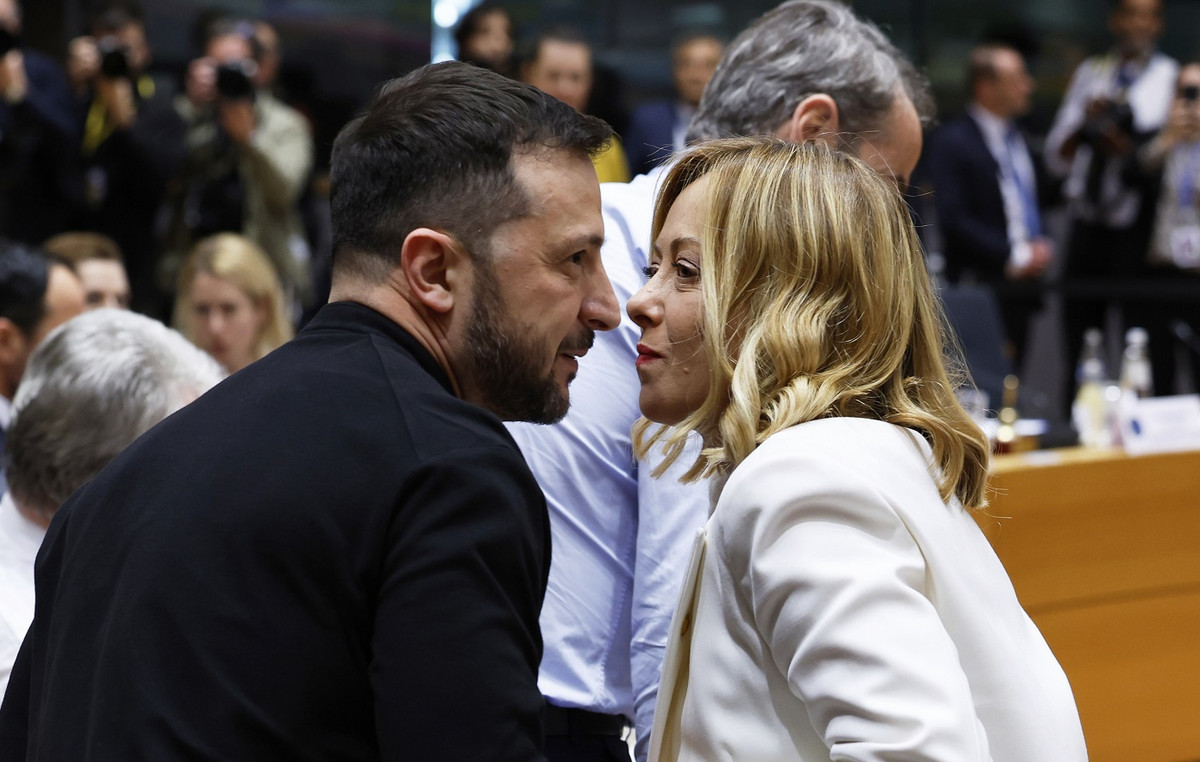Natural gas in Europe is trading on Thursday after Russian flows through the Nord Stream 1 pipeline stabilized, although the stabilization comes at levels well below what the European economy needs for its energy security.
Flows in the Russo-German pipeline, the main entrance passage for Russian gas to the European Union, are now moving steadily at 20% of its capacity, as Gazprom announced a few days ago.
Deliveries via Ukraine, which had been expected to decline, ended up also holding steady.
The price has risen 33% in the past six days and on Wednesday hit its highest level since early March, in the first weeks of Russia’s invasion of Ukraine. Soaring gas prices are fueling high inflation and hitting the continent’s economy hard.
Gazprom and Siemens Energy are at loggerheads over issues related to the maintenance of turbine equipment used in Nord Stream. Russia cites operational problems which – supposedly – are forcing it to reduce flows, while the German company says it has received no reports of turbine problems and assumes they are operating normally.
Already in mid-June the Russian energy giant has reduced its flows to Germany to 40% of the pipeline’s capacity.
Europe’s rush to secure non-Russian gas supplies has also boosted prices for liquefied natural gas (LNG), combined with increased demand from Asian utilities for the fuel. The Japan-Korea Marker, an indicator of the spot LNG benchmark in North Asia, has risen 15% to its highest level since March 8, according to S&P Global.
The Dutch natural gas contract for August delivery, a reference point for the European continent, was down by 0.11%, at 205 euros per megawatt hour, at 13.25 Greek time. Its British counterpart fell more strongly, by 2.1%.
Source: Capital
I am Sophia william, author of World Stock Market. I have a degree in journalism from the University of Missouri and I have worked as a reporter for several news websites. I have a passion for writing and informing people about the latest news and events happening in the world. I strive to be accurate and unbiased in my reporting, and I hope to provide readers with valuable information that they can use to make informed decisions.







